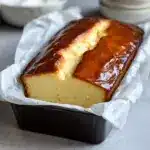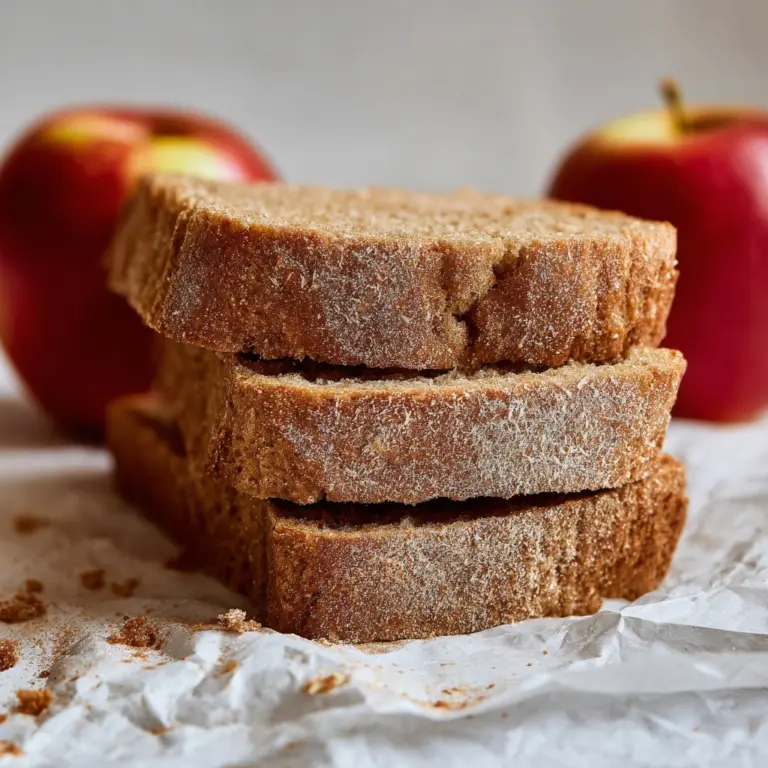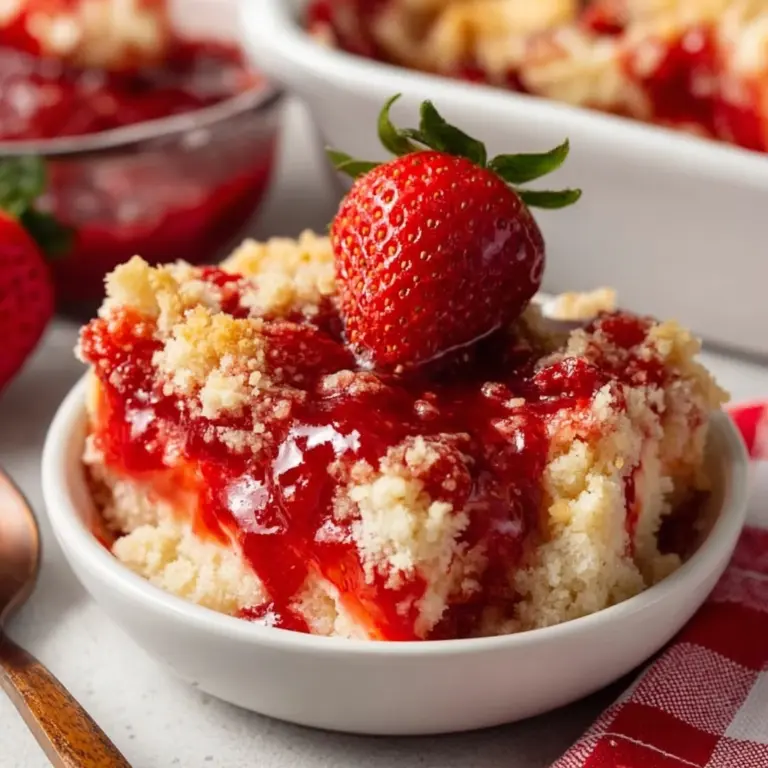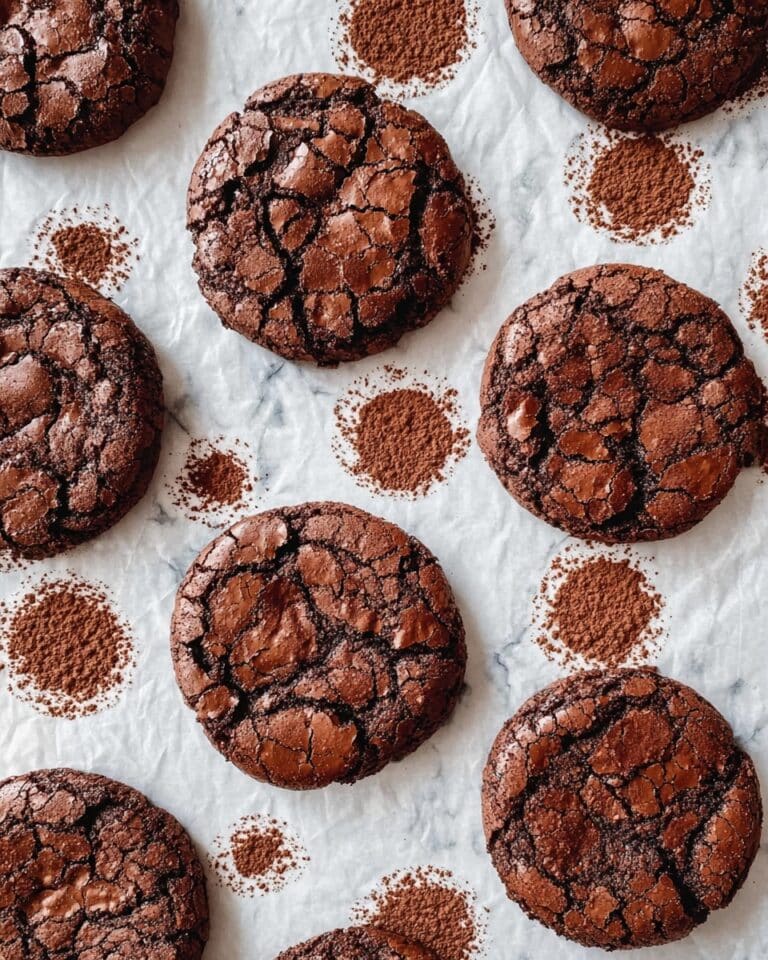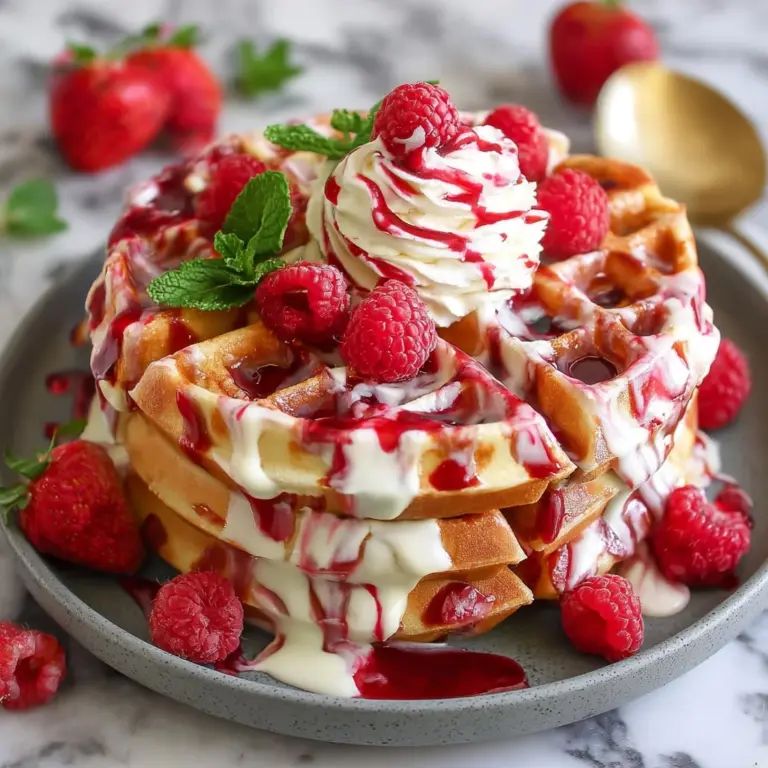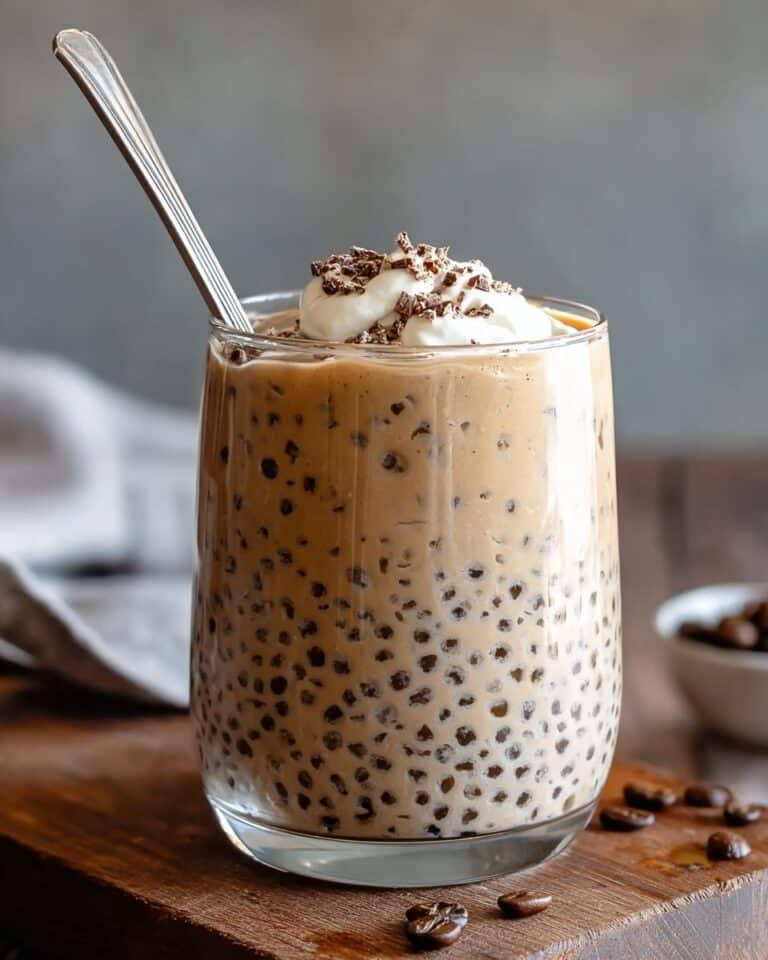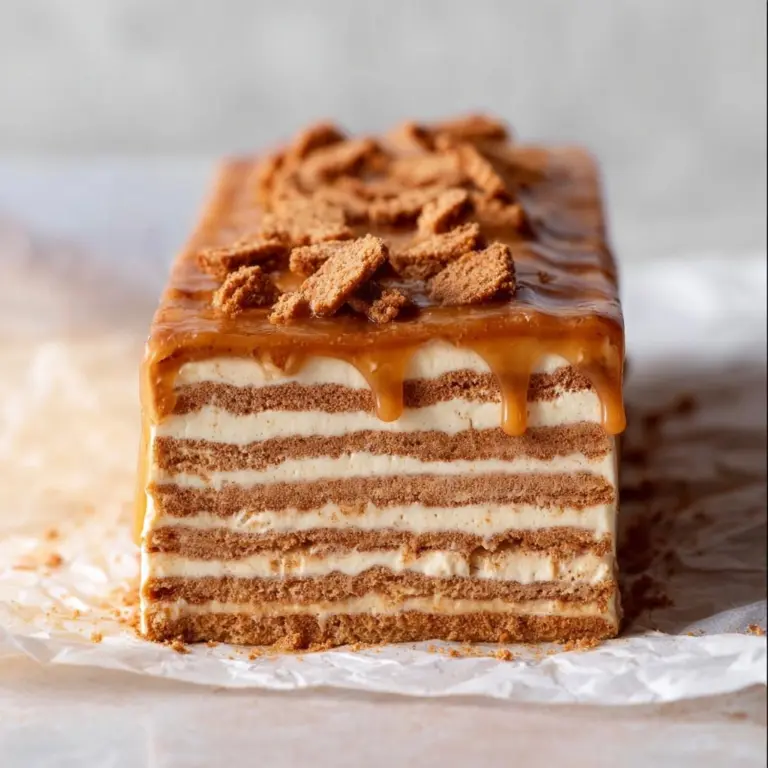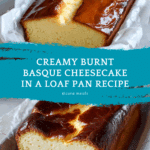Burnt Basque Cheesecake in a Loaf Pan Recipe
If you’ve never experienced the delight of a Burnt Basque Cheesecake in a Loaf Pan, you are in for a real treat. This version captures that signature caramelized, almost burnt exterior with a creamy, luscious center, but with a fun twist—baking it in a loaf pan for perfectly shaped slices every time. The rustic, deeply browned crust adds a punch of flavor and texture that pairs beautifully with the silky richness inside. Whether you’re serving it for a cozy family gathering or impressing friends, this cheesecake recipe offers a simple yet stunning dessert that feels both indulgent and comforting.
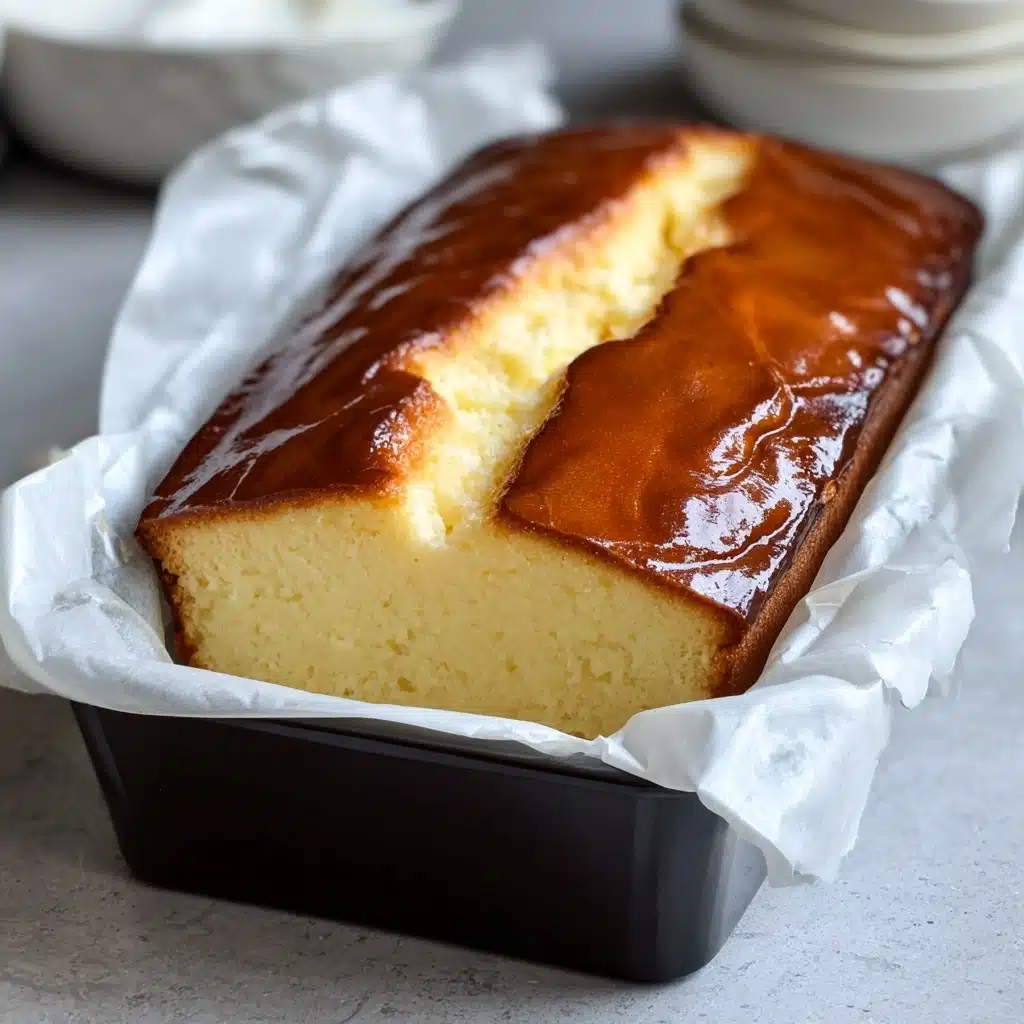
Ingredients You’ll Need
It’s amazing how just a handful of ingredients come together to create such a complex flavor and luxurious texture. Each component plays a crucial role—cream cheese for that rich creaminess, sugar balancing the burnt notes with sweetness, eggs giving structure, and heavy cream bringing a velvety finish that melts in your mouth.
- Cream cheese (16 oz, softened): The creamy base providing smoothness and depth.
- Granulated sugar (3/4 cup): Sweetens the cheesecake and aids in caramelizing the crust.
- Eggs (3 large): Bind the ingredients together and add richness.
- Heavy cream (1 1/4 cups): Adds lusciousness and a light texture.
- All-purpose flour (1/4 cup): Helps set the cheesecake without making it dense.
- Salt (1/2 teaspoon): Enhances all the flavors, balancing sweetness.
- Vanilla extract (1 teaspoon): Infuses warmth and subtle sweetness.
- Butter or parchment paper: Essential for greasing the loaf pan and ensuring easy release.
How to Make Burnt Basque Cheesecake in a Loaf Pan
Step 1: Prepare Your Loaf Pan
Start by preheating your oven to 400°F (205°C). While it heats up, grease your loaf pan thoroughly with butter or line it with parchment paper, making sure the paper extends well over the sides to make lifting the cheesecake out a breeze once baked. This step sets you up for a flawless release without ruining that prized crust.
Step 2: Beat the Cream Cheese
In a large mixing bowl, beat the softened cream cheese until it’s perfectly smooth and free of lumps. This is a foundational step because a silky batter leads to the iconic creamy texture. Don’t rush here—take the time to get this just right.
Step 3: Add Sugar and Eggs
Next, add the sugar and keep beating until the mixture becomes fluffy and light. Then, add the eggs one at a time, making sure each egg is fully incorporated before adding the next. This slow, steady process ensures a stable batter and helps avoid any curdling that could affect the texture.
Step 4: Mix in Flavor and Cream
Pour in the vanilla extract and sprinkle the salt over the mixture for that perfect flavor balance. Slowly add the heavy cream while beating continuously; this helps to evenly distribute the cream, which adds richness and keeps the cheesecake soft.
Step 5: Add the Flour Carefully
Sift the flour into the mixture and gently combine it until just smooth. Be careful not to overmix here—overworking the batter can lead to a dense cheesecake, and we want lightness with every bite.
Step 6: Pour and Bake
Pour your luscious batter into the prepared loaf pan and gently tap it on your counter to remove any hidden air bubbles that might cause cracks. Place the pan in the oven and bake for 45 to 50 minutes. You’ll know it’s ready when the top is deeply caramelized and dark brown, with a little jiggle still in the center that promises a melt-in-your-mouth experience.
Step 7: Cool and Chill
Allow the cheesecake to cool completely in the pan before transferring it to the refrigerator. Chill it for at least 4 hours, or ideally overnight, so the flavors meld and the texture firms up perfectly for slicing.
How to Serve Burnt Basque Cheesecake in a Loaf Pan
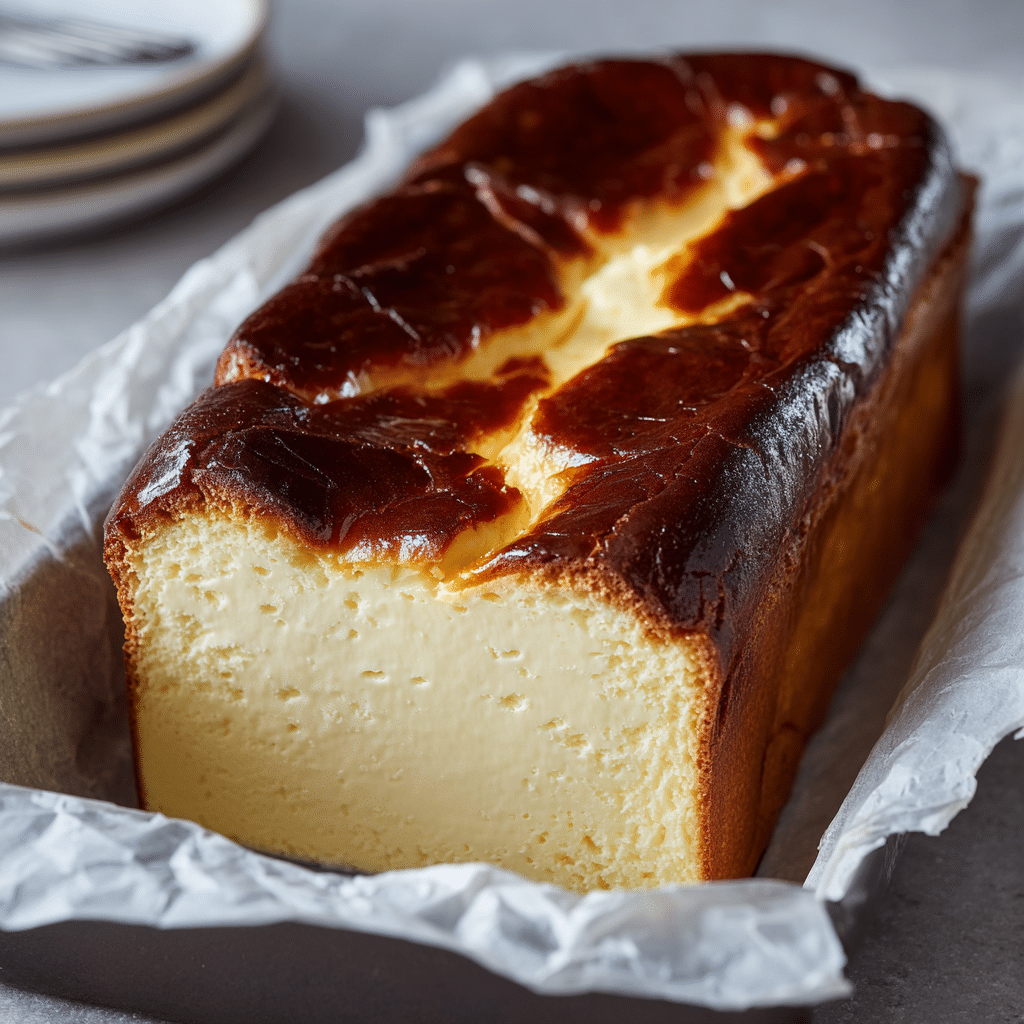
Garnishes
A lightly dusting of powdered sugar can bring a sweet contrast to that deep caramelized top, or consider some fresh berries for a pop of refreshing tartness. Whipped cream on the side adds an extra touch of indulgence that balances the cheesecake’s rich flavor.
Side Dishes
This cheesecake pairs beautifully with cup of freshly brewed coffee or a glass of dessert wine to complement its sweet and smoky notes. For a refreshing balance, a small bowl of citrus sorbet or a fresh fruit salad provides a zesty and light accompaniment.
Creative Ways to Present
Serving the Burnt Basque Cheesecake in a Loaf Pan means you get beautiful, uniform slices that look impressive on any dessert plate. You can also elevate presentation by layering slices between cookies for a decadent cheesecake sandwich or serving small cubes atop vanilla ice cream for an easy, elegant twist.
Make Ahead and Storage
Storing Leftovers
Once cooled and sliced, store leftover Burnt Basque Cheesecake in an airtight container in the refrigerator. This keeps it fresh for up to 4 days, maintaining that creamy texture and flavorful crust without drying out.
Freezing
You can freeze slices wrapped tightly in plastic wrap and placed in a freezer-safe bag or container. For best taste and texture, consume frozen cheesecake within 1 month. Thaw overnight in the refrigerator before serving to preserve its silky consistency.
Reheating
This cheesecake is best enjoyed chilled, but if you prefer a slightly warmer slice, let it sit at room temperature for about 20 minutes or briefly warm it in a low oven (around 250°F) for 5 to 7 minutes. Avoid microwaving to prevent uneven heating or compromising the texture.
FAQs
Can I use a different pan instead of a loaf pan?
Absolutely! While a loaf pan gives neat, uniform slices, you can use a round springform pan for a more traditional Burnt Basque Cheesecake look. Just adjust baking time accordingly, as a round pan may require more or less time.
Why does the cheesecake have a burnt top?
The burnt top is the hallmark of this style. It adds a rich, smoky caramel flavor that perfectly contrasts with the creamy interior. It’s intentional and absolutely delicious—don’t worry, it’s not overcooked!
Can I substitute the heavy cream?
For the best texture, heavy cream is recommended because of its high fat content, which provides silkiness. Substituting with half-and-half or milk may result in a less creamy, slightly denser cheesecake.
How do I know when the cheesecake is done?
Look for a deeply caramelized, dark brown top with a slight jiggle in the center when you gently shake the pan. The edges will be set and firmer, but the middle should still have a soft wobble—this means it will firm up nicely after chilling.
Can I add flavors or toppings?
Yes! While the classic version shines on its own, try swirling in a bit of fruit puree, coffee, or chocolate before baking. After baking, toppings like fresh berries, caramel sauce, or toasted nuts add delightful textures and flavors that complement the cheesecake wonderfully.
Final Thoughts
If you’ve been searching for a dessert that’s both impressively elegant and surprisingly simple to make, give Burnt Basque Cheesecake in a Loaf Pan a try. Its irresistibly creamy texture combined with the deep caramelized crust is a treat that’s hard to beat. Once you taste this gem, it’s sure to become a favorite go-to for celebrations or anytime you want to spoil yourself and your loved ones.
PrintBurnt Basque Cheesecake in a Loaf Pan Recipe
This Burnt Basque Cheesecake in a loaf pan offers a rich, creamy texture with a deeply caramelized, almost burnt top that adds a delicious contrast of flavor. Unlike traditional cheesecakes, it requires no crust and features a unique rustic appearance with a custardy center, making it a perfect dessert for any occasion.
- Prep Time: 15 minutes
- Cook Time: 45-50 minutes
- Total Time: 5 hours (including chilling time)
- Yield: 8 slices 1x
- Category: Dessert
- Method: Baking
- Cuisine: Spanish
- Diet: Vegetarian
Ingredients
Main Ingredients
- 16 oz cream cheese, softened
- 3/4 cup granulated sugar
- 3 large eggs
- 1 1/4 cups heavy cream
- 1/4 cup all-purpose flour
- 1/2 teaspoon salt
- 1 teaspoon vanilla extract
For Preparation
- Butter or parchment paper for greasing and lining the loaf pan
Instructions
- Preheat and Prepare Pan: Preheat your oven to 400°F (205°C). Grease a loaf pan with butter or line it thoroughly with parchment paper, ensuring the paper extends beyond the edges for easy removal later.
- Beat Cream Cheese and Sugar: In a large mixing bowl, beat the softened cream cheese until it’s smooth and creamy. Add the granulated sugar and continue beating until the mixture becomes light and fluffy.
- Add Eggs: Incorporate the eggs one at a time, beating well after each addition to fully combine and ensure a smooth batter.
- Mix in Vanilla, Salt, and Cream: Add the vanilla extract and salt to the batter. Slowly pour in the heavy cream while continuing to beat, creating a rich and smooth mixture.
- Add Flour: Sift the all-purpose flour over the batter and mix gently until just combined, taking care not to overmix, which could toughen the cheesecake.
- Pour and Bake: Pour the batter into the prepared loaf pan and tap the pan lightly on the counter to release any trapped air bubbles. Place in the oven and bake for 45 to 50 minutes, or until the top is a deeply caramelized dark brown and the center remains slightly jiggly.
- Cool and Chill: Remove the cheesecake from the oven and let it cool completely in the pan. Once cooled, refrigerate for at least 4 hours to allow it to set before slicing and serving.
Notes
- Using room temperature cream cheese helps achieve a smooth batter without lumps.
- Do not overmix the flour to keep the cheesecake tender.
- The top should look almost burnt and deeply caramelized – this is the signature of Basque cheesecake.
- Refrigerate for a minimum of 4 hours; overnight chilling enhances flavor and texture.
- Use a sharp knife warmed under hot water for clean slicing.
Nutrition
- Serving Size: 1 slice (approx. 1/8 of loaf)
- Calories: 380 kcal
- Sugar: 22 g
- Sodium: 220 mg
- Fat: 32 g
- Saturated Fat: 20 g
- Unsaturated Fat: 10 g
- Trans Fat: 0.5 g
- Carbohydrates: 20 g
- Fiber: 0 g
- Protein: 7 g
- Cholesterol: 130 mg
Keywords: Burnt Basque Cheesecake, Basque cheesecake, no crust cheesecake, caramelized cheesecake, easy cheesecake recipe, creamy cheesecake

